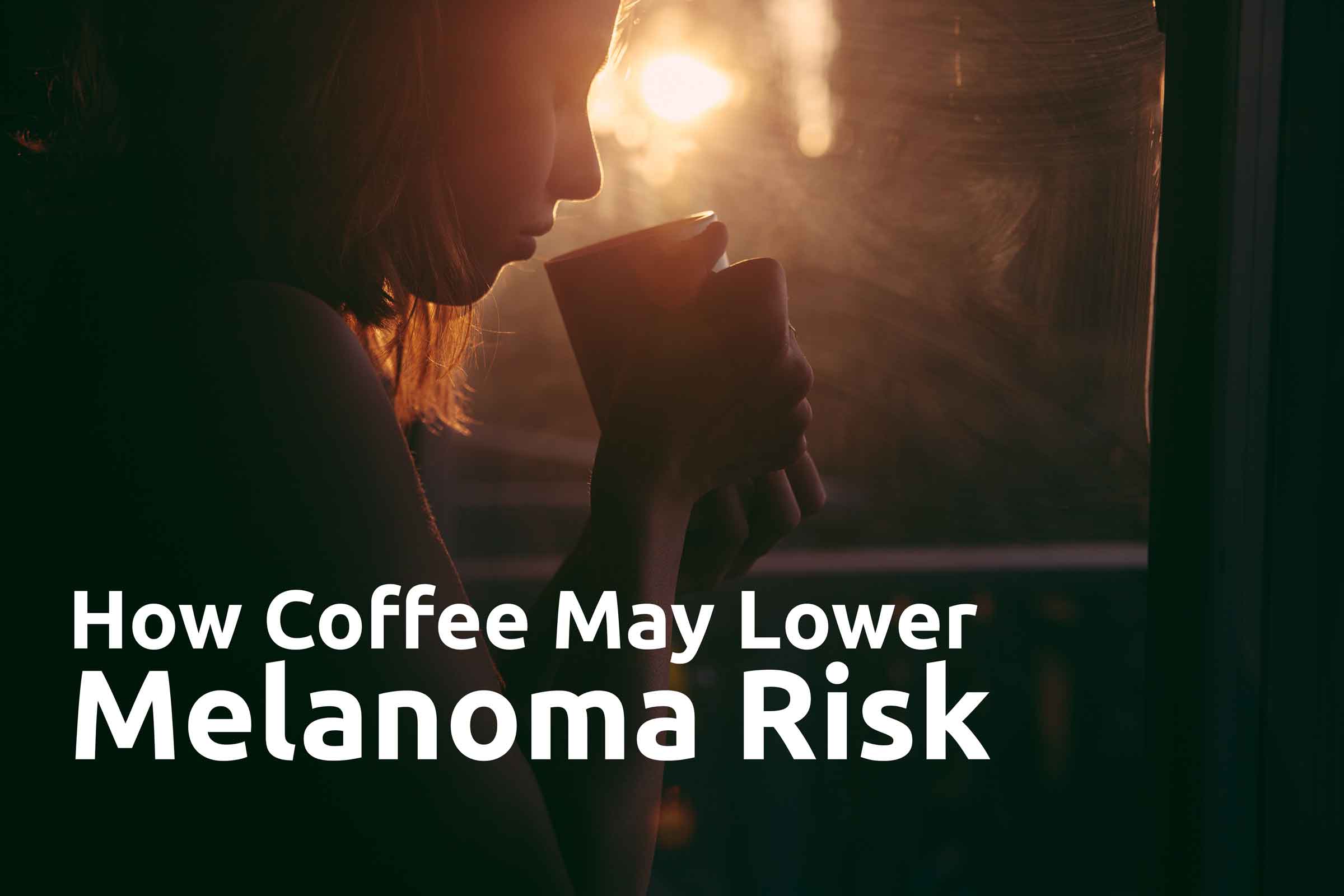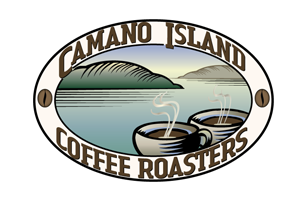
How Coffee May Lower Melanoma Risk
Guest post by Remy Bernard ~ Owner and Editor at Miss Mamie’s Cupcakes
I’ll be honest, I’m a little biased when it comes to talking about anything related to coffee. It’s the first thing I’m after when I wake up in the morning and it never lets me down when I need to get going in the afternoon. I can count on it. Not to mention the hundreds of experiences, memories, sights and smells I have come to associate with expertly roasted and well-brewed coffee. So many of the details of this humble bean have integrated themselves into some of the most fulfilling parts of my daily life.
So naturally, I was excited when, over the last 10 years or so, tons of research started pouring out of the scientific community touting the various health benefits of my beloved beans. The blog has already covered in detail how coffee can help prevent diabetes and even keep your heart healthy, but another recently discovered arrow in the health-boosting quiver of coffee is its ability to lower your risk for melanoma, one of the most deadly forms of skin cancer. A study performed in 2015 found that drinking around 4 cups of coffee a day (not a problem here) has a definitive link to lower melanoma risk.
Just to quickly dive into what we are dealing with, melanoma is the 5th most common form of cancer in the United States, and tops the list as the leader in skin-cancer related deaths. In 2016, about 9,500 people died from melanoma out of the 77,000 that received a diagnosis. This puts the mortality rate at a staggering 12%. I talk about these numbers not to get all doom and gloom, but just to drive home that it has the potential to be a very serious problem. I am very interested in doing everything I can to lower melanoma risk.
So how does coffee play into all this? Well, even though exposure to UV light is the risk factor you have the most control over, there are others that will raise, or lower your risk. In the National Cancer Institute study linked above, compounds found in coffee were shown to actually lower melanoma risk. In the study, researchers analyzed the data from 447,357 subjects and determined that there was a lower melanoma risk by up to 20% for those who consumed four or more cups per day, compared to those in the study that did not drink any coffee.
It is important to note that this protective effect only took place when the subjects consumed caffeinated coffee. Although it’s not totally clear, it would seem since compounds like polyphenols and diterpenes are already associated with the health benefits of coffee, the caffeine is largely responsible for the protective mechanism. Other studies have also shown that there is a ‘sunscreen effect’ produced by caffeine that inhibits DNA mutations that can lead to development of skin cancer.
While most researchers largely point to caffeine as the super hero in the story, it’s important to acknowledge that other variables may come into play when correlating it with the reduction. For example, the people that tend to drink tons of coffee may work indoors more where the access to a full carafe of hot coffee is easier to come by, while those working outdoors and in the sun all day don’t have the ability to drink cup after cup throughout the day. I only mention this because when looking at newer scientific data, it’s always important to consider all sides of the argument. Practicing safe sun habits will always be the most important thing you can do to protect yourself.
Like I said before, I would recommend practicing common sense when it comes to your health, but it is nice to know that the more we look into coffee, the more we find out about how good it can be for us. I’m not going to go sit in the sun all day without sunscreen while pounding cup after cup of coffee and hope for the best, but I will continue to consume my 3-4 cups a day and relish in study after study that tells me coffee is so much more than just a delicious beverage.
Remy Bernard – Owner and Editor at Miss Mamie’s Cupcakes
A baker, chef and writer, Remy started missmamiescupcakes.com as a way to deepen and spread her passion for making delicious food. She can also be found on Twitter, Pinterest and Facebook.
